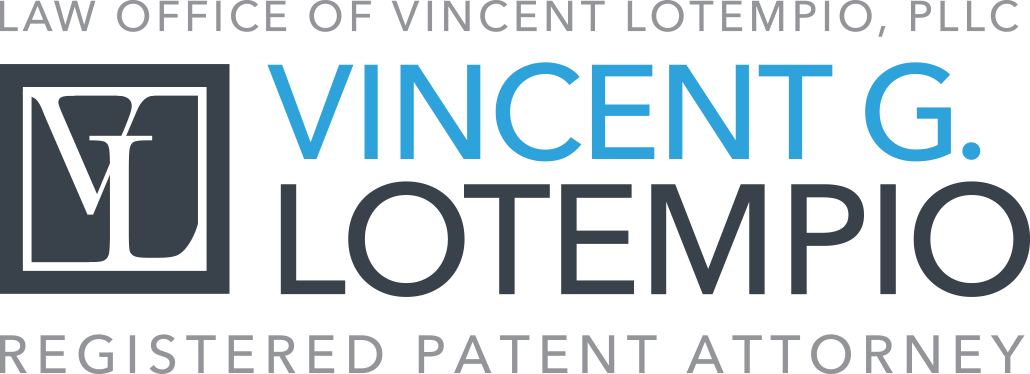Patent Terms and Conditions
Thank you for your inquiry. PatentHome.com is controlled by a law firm that uses patent attorneys and agents registered to practice before the U.S. Patent and Trademark Office.
Please be advised that we are bound by both state and federal codes of professional responsibility to preserve the confidences and secrets of our clients who have employed or sought to employ our services.
Also, we do not engage in marketing analysis or commercialization of an invention; this is strictly the responsibility of the client/inventor. We make absolutely no representation concerning the marketability or commercial potential for an invention that is brought to us for the purpose of obtaining patent protection.
However, we have in the past introduced inventors to new product development companies and acted in the capacity of a broker to assist in the negotiation of a licensing agreement.
Clients are, of course, seeking high quality professional services and are interested in general costs involved in these services. Typically, the patent process begins with a preliminary patentability search. The objective of any preliminary patentability search is to discover issued “prior art” United States patents which are similar to the invention being investigated so that a judgment can be made as to the potential for obtaining patent protection. While it is not practical because of cost to conduct a completely comprehensive pre-examination search, the search we conduct is the type conventionally performed before filing a patent application. The cost of a pre-examination search for a simple mechanical invention is $500. If the results of the pre-examination search are favorable and the client wishes to pursue a utility application, the search cost is credited back to you, effectively making the pre-examination search FREE!
Very basically, there are two (2) main types of patents, (i.e., utility patents and design patents). When possible, a patentability search is directed to both utility and design features of an invention so that a determination can be made as to which type of patent protect made be available.
A utility patent protects the structure and/or function (i.e., how it works and how it is used) of an invention and is normally pursued in those instances where it is desired to protect how the invention operates. A utility patent can be issued to any person to any person who invents a new, useful, and non-obvious (1) process, (2) machine, (3) manufactured article, (4) composition of matter, or (5) any new and useful improvement to any of these types of inventions.
A design patent is strictly directed to protecting the overall appearance (i.e., how it looks) of the invention. It can be granted for a new, original and ornamental design for an article of manufacture.
In most cases, it is better to pursue utility patent protection since protecting the structure and/or function of an invention is preferable over protecting the ornamental design of an invention. However, where meaningful utility patent protection may not be available, or if the appearance of an invention is more important then its structure and/or function, design patent protection may be the best choice. There are also situations where an inventor may feel that structure and/or function and/or appearance are important, and when this occurs, the inventor may choose to concurrently file both utility and design patent applications for the same invention.
The cost for filing a Utility Patent Application includes patent agent or attorney fees, with additional costs required to prosecute the application before the U.S. patent and Trademark Office. These additional costs are incurred after the initial application is filed. The additional costs usually are at least $800, plus disbursements but may be substantially higher if extended prosecution or if an appeal is required. The cost for filing a design patent is about $1500, with additional costs at the time of allowance. The prosecution would likely be less intensive than that for a utility patent, but there could be additional prosecution costs as well.
(Price chart?)
Usually the time period for obtaining a Utility Patent in the USA, if one can be obtained, is about 19-30 months from the time the initial patent application if filed. Usually the time period for obtaining a design patent, if one can be obtained, is about 12 months from the time the initial patent application if filed. We cannot guarantee that a patent can be obtained; no patent attorney can provide such a guarantee.
Back to Patent Application Form
